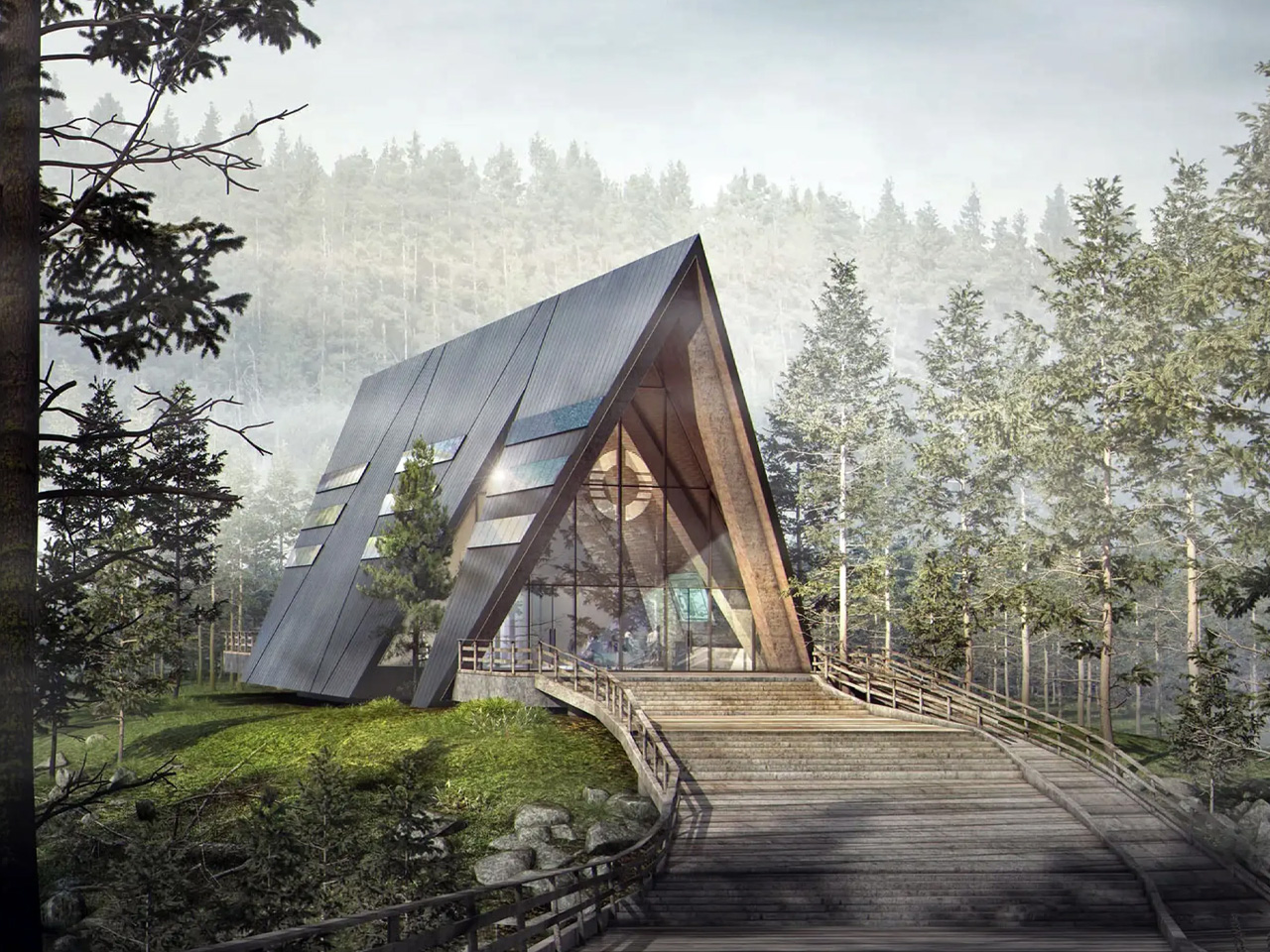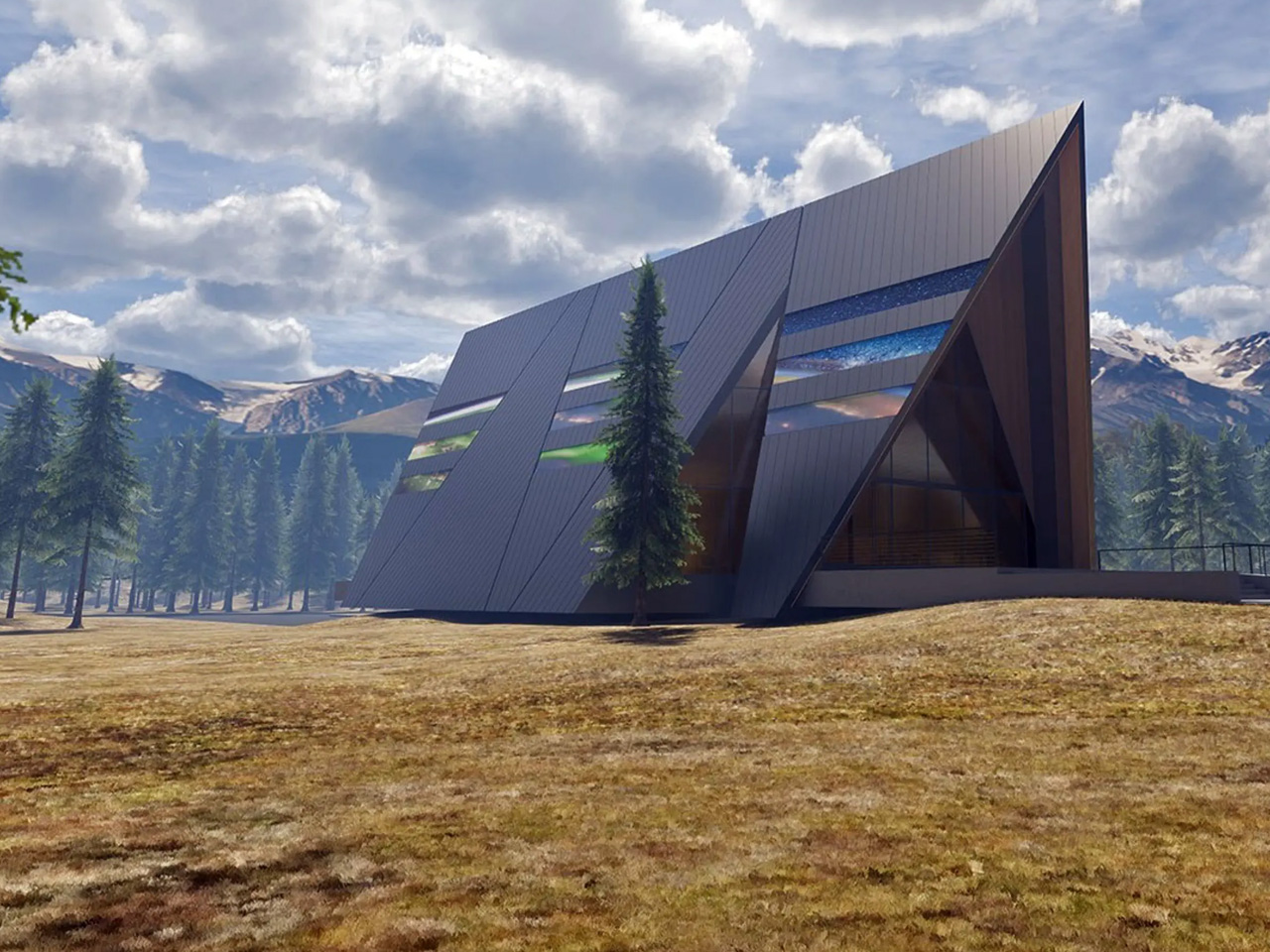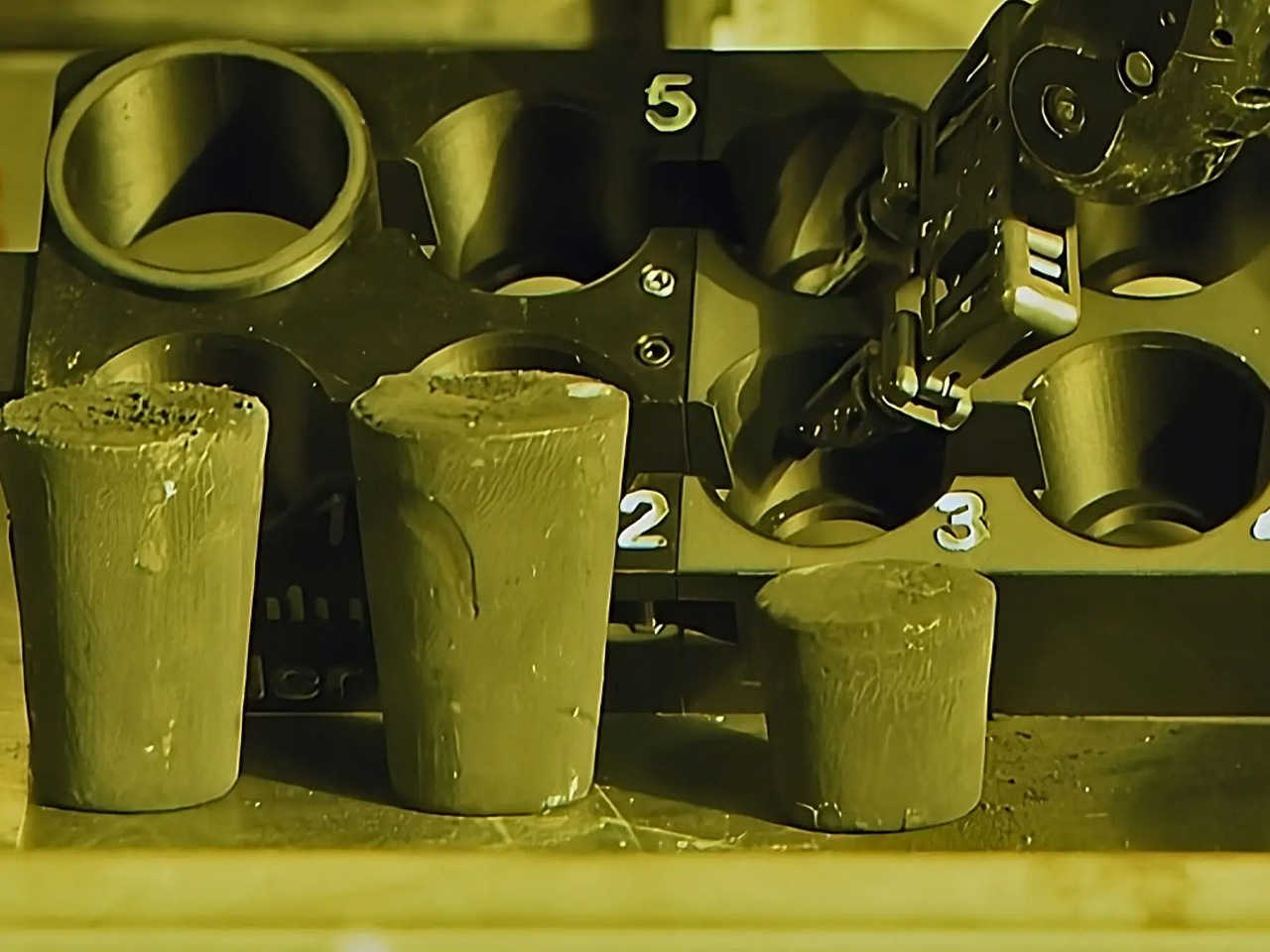
Visualize a day where you can visit your local nuclear power facility, and dive into its indoor pool, or just relax with a close friend and enjoy a cup of coffee. You could be basking in the warm glow of nuclear power, while you unwind and hang out after a long day at work. This vision could be a reality someday, all thanks to Oklo Inc. – a company backed by Sam Altman, CEO of OpenAI, and the makers of ChatGPT. Oklo is attempting to transform the way we perceive nuclear energy with its mindblowing Aurora microreactor, which uses recycled nuclear fuel.
The reactor sites will be designed as happening and vibrant community hubs, aimed at remote areas. These hubs will be sanctums of utility and leisure for regions where long and harsh winters can adversely affect mental well-being. These innovative venues will provide some comfort and connection. Oklo reassures everyone that the microreactor will be completely safe. It will produce almost zero greenhouse gas emissions and no nuclear waste. Oklo will recycle nuclear fuel, utilizing pre-existing resources, and cutting down on nuclear waste.
Designer: Oklo

Aurora is designed with a “fire-and-forget” attitude. It will occupy a small footprint while delivering a small output of 1.5 MW, which is more than enough to power 1000 homes. It has passive safety features, a sealed core, and no moving parts. It has the ability to cool and shut itself down without any intervention from humans.
Aurora can operate for twenty years without any refueling. The core can be easily removed and replaced with another sealed core which will hold the next batch of recycled nuclear fuel. It utilizes high-assay low-enriched uranium-235 fuel in a one-of-a-kind reactor, which essentially means it uses high-energy neutrons to take care of the nuclear chain reaction.
Nuclear fission also produces heat, and hence Aurora features waste heat utilization components to ensure maximum efficiency – 90% overall. The heat is transferred to secondary systems through heat exchangers, and this heat is then applied to other causes such as heating nearby buildings, pasteurizing, and greenhouses.
The microreactor is housed in an unconventional “nuke-like” structure. You can’t see any massive cooling towers, which are often seen with nuclear power plants. It showcases a simple A-frame building, which looks like a little fancy ski lodge where the rich would vacation. The roof is equipped with solar panels, which power the facility’s control panels and monitoring system, ensuring the site is self-sufficient.
Oklo’s goal is to deploy this facility in remote areas where traditional nuclear reactors don’t make sense, military installations, isolated and remote countries, and research outposts. The US Department of Energy recently approved Oklo’s conceptual plans for Aurora and the first commercial Aurora power station will be online by 2027.

The post Fancy A-Frame Structure Conceals A Nuclear Microreactor That Powers Your House For Decades first appeared on Yanko Design.